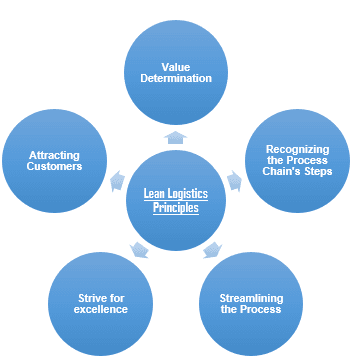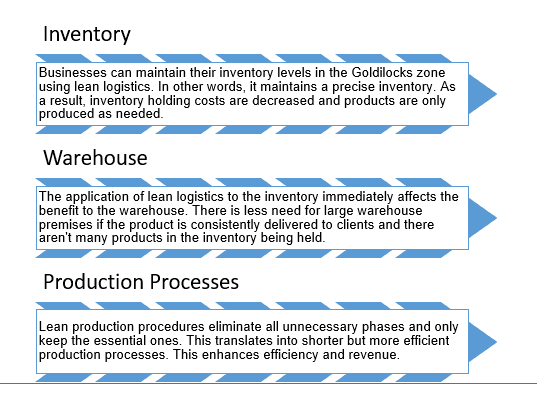Unleashing Efficiency: The Power of Lean Logistics in Supply Chain Optimization
Overview
Organizations are trapped in a loop that forces them to continuously enhance their operations in order to gain a competitive edge. They are constantly under pressure to cut expenses, wait times, and inventory. A supply chain procedure known as Lean Logistics has demonstrated the ability to significantly improve an organization
Simply explained, lean logistics refers to a method of identifying and removing inefficient processes from the supply chain in order to improve product flow and speed. Organizations must adopt leaner thinking if they want to achieve leaner logistics. Businesses that apply lean thinking to their supply chain reap benefits such as enhanced customer service, decreased environmental impact due to waste reduction, and even better corporate social responsibility.
Partnering with current service providers who have specialized experience and resources is one means of supporting and adopting the lean logistics practice while obviating the need to build a similar business model and foster competition. Lean Logistics is a powerhouse for globally expanding businesses like Bluorbit that act as resource aggregators by leveraging the strengths of present service providers and filling the gaps of their weaknesses.
However, implementing lean logistics is a continuous process. To achieve organizational benefits, the strategy should be maintained over the long term and applied from the executive to high management levels.
Lean Logistics Principles

Benefits of Lean Logistics

Recent Market Development of Lean Logistics
Lean logistics is used by many businesses all over the world. Nike, one of the largest manufacturers of shoes, has adopted the lean logistics concept. They used it initially for the intended objective, which was to reduce waste and increase value. But there was an unintended advantage to the lean logistics principles. It also uplifted labor practices in factories in other nations by as much as 15%. This is as a result of lean logistics giving employees more value. Intel is the other example which utilised Lean logistics. The lean logistics strategy was seriously adopted by one of the biggest computer manufacturing companies in the world.
One of the largest producers of agricultural equipment in the world, John Deere, invested heavily in lean logistics. They invested USD $100 million at the beginning of the millennium to make their organization leaner.
Implementing Lean Logistics
The first step in putting lean logistics into practice is to gain a general understanding of the business’ operations. We should take into account all of the significant life-long processes.
Then, it is necessary to compile the key figures from each significant process. One thing we must realize is that implementing lean logistics calls for company-wide effort. There must be consensus among all parties including Senior management and the workforce.
We must bring them together and explain the objectives to everyone there. This not only unites everyone in pursuit of a common goal, but it also improves communication between all parties. A Tim Horton report claims that this can boost communication by up to 15%.
Conclusion
We should Consider lean logistics as a long-term investment in raising standards, cutting waste, and enhancing a business’s bottom line. While some initiatives will show results right away, many others might not show returns until years later. A corporation can find many methods to build a workplace that is safer, more effective, and better for everyone involved by regularly analyzing how things are done throughout the process in question and identifying ways to improve.
Author: Divyansh Tiwari
